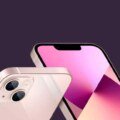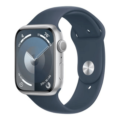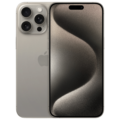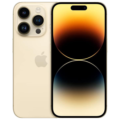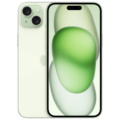- Home
- Apple Devices
- Apple iPhone
- Apple iPhone XS Max Specifications: A Complete Guide
Apple iPhone XS Max Specifications: A Complete Guide
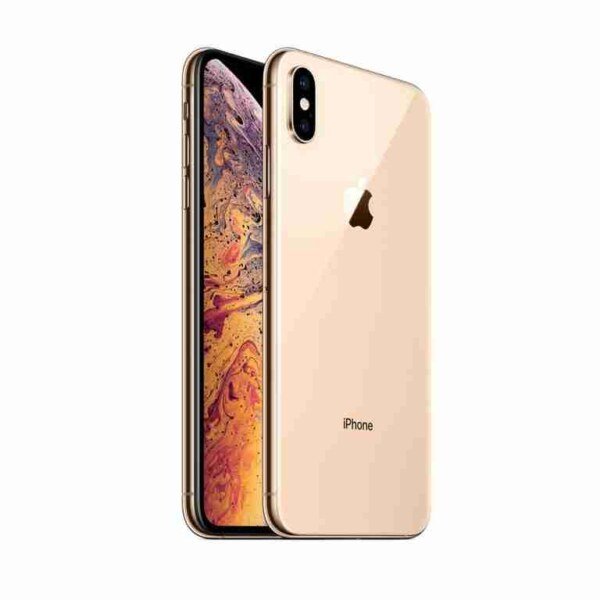


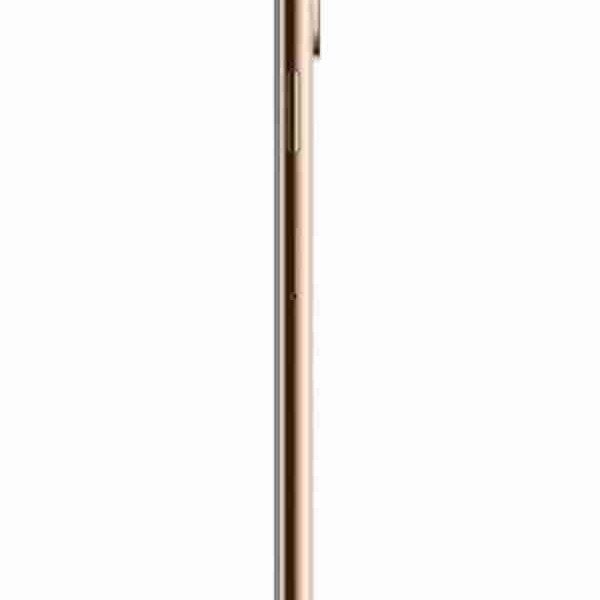

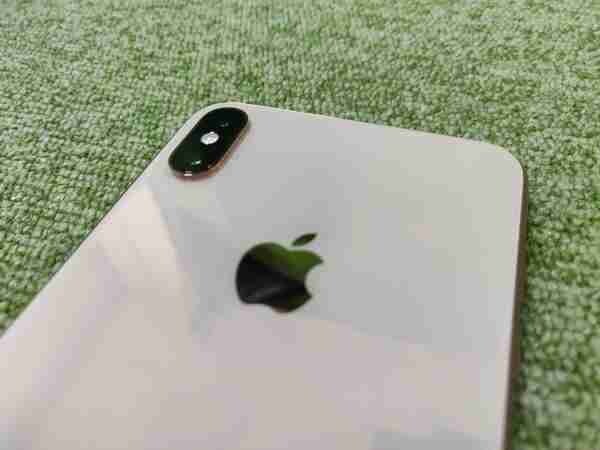


SPECIFICATIONS
General
| Status | Available |
| Announced | 2018, September 12 |
| Released | 20 September, 2025 |
| Model |
ALL VERSIONS A2101A1921A2104 Versions: A2101 (Global market) A1921 (USA, Canada, Puerto Rico, U.S. Virgin Islands) A2104 (China, Hong Kong); A2102 (Japan) |
| Price Apple iPhone Price in USA, UK, Canada, Australia, India, Pakistan, China, Japan and Europe | $ 399.08 / € 571.31 / £ 271.00 / C$ 1,199.99 |
Network
| Technology | GSM / CDMA / HSPA / EVDO / LTE |
| 2G Network | GSM 850 / 900 / 1800 / 1900 - SIM 1 & SIM 2 (dual-SIM) - for China CDMA 800 / 1900 |
| 3G Network | HSDPA 850 / 900 / 1700(AWS) / 1900 / 2100 CDMA2000 1xEV-DO |
| 4G Network |
1, 2, 3, 4, 5, 7, 8, 12, 13, 14, 17, 18, 19, 20, 25, 26, 28, 29, 30, 32, 34, 38, 39, 40, 41, 46, 66 - A2101 1, 2, 3, 4, 5, 7, 8, 12, 13, 14, 17, 18, 19, 20, 25, 26, 29, 30, 32, 34, 38, 39, 40, 41, 46, 66, 71 - A1921, A2104 |
| Speed | HSPA 42.2/5.76 Mbps, LTE-A (4CA) Cat16 1024/150 Mbps, EV-DO Rev.A 3.1 Mbps |
| GPRS GPRS (General Packet Radio Service) is a packet oriented mobile data service on the 2G and 3G cellular communication system's global system for mobile communications (GSM), Generally, GPRS is used for the purpose of wireless data transfer, such as sharing pictures and videos or browsing the Internet via a mobile phone connection. | |
| EDGE EDGE (Enhanced Data GSM Environment) is a wireless network technology generally considered the next step in the 2G network offers data transfer rates up to four times faster than ordinary GSM networks, Generally, EDGE is used for the purpose of wireless data transfer, such as sharing pictures and videos or browsing the Internet via a mobile phone connection. |
Body
| Dimensions | 157.5 x 77.4 x 7.7 mm (6.20 x 3.05 x 0.30 in) |
| Weight | 208 g (7.34 oz) |
| Colors | Space Gray, Silver, Gold |
| SIM SIM (Subscriber Identity Module) is a small card that contains mobile network subscriber's account information. This allows the phone using the card to attach to a mobile network. The SIM card is most commonly associated with GSM and UMTS mobile networks. Moving a SIM card from one phone to another allows a subscriber to switch mobile phones without having to contact their mobile network carrier. SIM cards can also be used by a phone to store limited amounts of data, such as phone numbers and text messages. | Single SIM (Nano-SIM and/or eSIM) or Dual SIM (Nano-SIM, dual stand-by) - for China |
Body
| Dimensions | 157.5 x 77.4 x 7.7 mm (6.20 x 3.05 x 0.30 in) |
| Weight | 208 g (7.34 oz) |
| Colors | Space Gray, Silver, Gold |
| SIM SIM (Subscriber Identity Module) is a small card that contains mobile network subscriber's account information. This allows the phone using the card to attach to a mobile network. The SIM card is most commonly associated with GSM and UMTS mobile networks. Moving a SIM card from one phone to another allows a subscriber to switch mobile phones without having to contact their mobile network carrier. SIM cards can also be used by a phone to store limited amounts of data, such as phone numbers and text messages. | Single SIM (Nano-SIM and/or eSIM) or Dual SIM (Nano-SIM, dual stand-by) - for China |
Display
| Display Type Display Technology => A number of display technologies and types used in mobile phones => TFT (Thin Film Transistor), IPS (In-Place Switching), OLED (Organic Light Emitting Diode), AMOLED (Active-Matrix Organic Light-Emitting Diode), Super AMOLED (an even advanced version of AMOLED), Resistive Touchscreen (Resistive touchscreens contain two layer of conductive material with a very small gap between them which acts as a resistance), Capacitive Touchsceen (Capacitive touchscreen technology consists of a layer of glass coated with a transparent conductor) | Super Retina OLED, HDR10, Dolby Vision, 625 nits (HBM) |
| Size | 6.5 inches, 102.9 cm2 (~84.4% screen-to-body ratio) |
| Display Colors Display Colors is refers to the number of different shades of colors that the screen is capable of displaying => 64K colors, 256K colors and 16 million colors, Obviously 16M is highest available range of colors and better than others. | Wide color gamut |
| Resolution | 1242 x 2688 pixels, 19.5:9 ratio (~458 ppi density) |
| Pixel Density Pixel Density (PPI) is refers to the concentration of pixels on a particular display, measured in pixels per inch (ppi). Pixel density is calculated by dividing the diagonal pixel resolution of a display by its diagonal size, higher pixel density better display quality. | ~458 ppi density |
| Touch Screen | 3D Touch, True-tone |
| Display Protection Display Protection => Gorilla Glass is a special alkali-aluminosilicate glass shield with exceptional damage resistance that helps protect mobile displays from scratches, drops, and bumps of everyday use, It is always better to go for a smartphone with Gorilla Glass for that added protection and peace of mind. | Scratch-resistant glass, oleophobic coating |
| Multitouch | |
| Features | HDR support, Pressure-sensitive, Oleophobic coating, Scratch-resistant glass, Ambient light sensor, Proximity sensor |
Camera
| Primary Camera is able to capture photographs and usually videos, The most important characteristics of a camera are the resolution (measured in megapixels), lens focus type (fixed or automatic), higher megapixel cameras are known to capture higher quality photos, but not always a good measurement of the photos quality. | 12 MP, f/1.8, 26mm (wide), 1/2.55", 1.4µm, dual pixel PDAF, OIS |
| Video | 1080p@30/60fps, gyro-EIS |
| Camera Features | HDR |
| Selfie Camera |
7 MP, f/2.2, 32mm (standard) SL 3D, (depth/biometrics sensor) |
| Video | 1080p@30/60fps, gyro-EIS |
| Camera Features | HDR |
Software
| Operating System OS => Every computer system run on a base software called Operating System (OS). Operating System controls all basic operations of the computer (such as smartphone, PDAs, tablet computers and other handheld devices). The Operating System allows the user to install and run third party applications (apps), apps are used to add new functionality to the device. | iOS 12, up to iOS 15.5, planned upgrade to iOS 16 |
| Browser (Default) | Safari |
Hardware
| Chipset Chipset is a group of integrated circuits designed to perform one or a more dedicated functions, often with real time computing constraints, Popular smartphones are equipped with more advanced embedded chipsets that can do many different tasks depending on their programming. | Apple A12 Bionic (7 nm) |
| CPU CPU (Central Processing Unit) mostly known as processors, CPU processes instructions in order to carry out certain functions that make your device operate properly. Processors are often described as the brain of computers, smartphones and tablets, Smartphones and tablets rely on processors to carry out their every task, Processors are an incredibly important factor in selecting any type of computing device, including your smartphone. | Hexa-core (2x2.5 GHz Vortex + 4x1.6 GHz Tempest) |
| GPU GPU (Graphics Processing Unit) is a single-chip processor designed to rapidly manipulate and alter memory to accelerate the creation of images in a frame buffer intended for output to a display, This includes things such as lighting effects, object transformations, and 3D motion. | Apple GPU (4-core graphics) |
| RAM (Memory) RAM (Random Access Memory) is a type of computer memory that can be accessed randomly, any byte of memory can be accessed without touching the preceding bytes that allows information to be stored and accessed quickly from random locations. RAM is the most common type of memory found in computer systems, smartphones, tablets and other electronic devices. | 4 GB |
| Internal Storage Internal Storage is a data storage space (flash memory) mostly used in smartphones, tablets and other electronic devices where operating system, apps, music, photos, videos, files and other user data Is stored. | 64GB 4GB RAM, 256GB 4GB RAM, 512GB 4GB RAM NVMe |
| Card Slot Memory Card Slot is a special slot for inserting a memory card. Memory cards allow you to expand the phone's built-in memory, A memory card (sometimes called a flash memory card or a storage card) is a small storage medium used to store data such as text, pictures, audio, and video, for use on small, portable or remote computing devices such as mobile phones, mp3 players, digital cameras. | No |
| Sensors Sensors are electronic components that detects and responds to some type of input from the physical environment. The specific input could be light, heat, motion, moisture, pressure and location, The output is generally a signal that is converted to use in computing systems, a location sensor, such as a GPS receiver is able to detect current location of your electronic device. | Face ID, accelerometer, gyro, proximity, compass, barometer |
Battery
| Battery Type Battery Type => Cell phones run on various kinds of batteries depending on the manufacturer, phone size or shape and features. There are basically four types of cell phone batteries => Lithium Polymer, Lithium Ion, Nickel Metal Hydride and Nickel Cadmium. | Li-Ion 3174 mAh, non-removable (12.08 Wh) |
| Capacity Battery Capacity is a measure (typically in Amp-hr) of the charge stored by the battery, and is determined by the mass of active material contained in the battery. The battery capacity represents the maximum amount of energy that can be extracted from the battery under certain conditions. | 3174 mAh |
| Wireless Charging Wireless Charging (Inductive Charging) uses an electromagnetic field to transfer energy between two objects. This is usually done with a charging station. Energy is sent through an inductive coupling to an electrical device, which can then use that energy to charge batteries or run the device. | Qi wireless charging |
Media
| Loudspeaker | Yes, with stereo speakers |
| 3.5mm Jack | |
| FM Radio | NO |
Connectivity
| Bluetooth Bluetooth is a wireless communications technology for exchanging data between mobile phones, headsets, computers and other network devices over short distances without wires, Bluetooth technology was primarily designed to support simple wireless networking of personal consumer devices. | 5.0, A2DP, LE |
| Infrared Infrared connectivity is an old wireless technology used to connect two electronic devices. It uses a beam of infrared light to transmit information and so requires direct line of sight and operates only at close range. | |
| Wi-fi Wi-Fi is a popular wireless networking technology using radio waves to provide high-speed network connections that allows devices to communicate without cords or cables, Wi-Fi is increasingly becoming the preferred mode of internet connectivity all over the world. | Wi-Fi 802.11 a/b/g/n/ac, dual-band, hotspot |
| Wi-fi Hotspot | |
| USB | Lightning, USB 2.0 |
| GPS GPS The Global Positioning System is a satellite-based radio navigation system, GPS permits users to determine their position, velocity and the time 24 hours a day, in all weather, anywhere in the world, In order to locate your position, your device or GPS receiver must have a clear view of the sky. | Yes, with A-GPS, GLONASS, GALILEO, QZSS |
| NFC NFC (Near field communication) is a set of standards for smartphones and similar devices to establish peer-to-peer radio communications with each other by touching them together or bringing them into proximity, usually no more than a few inches. |
MISC
Description
The Apple iPhone XS Max, released in September 2018, was a groundbreaking smartphone with premium features that still hold up today. This detailed guide will walk you through its specifications, helping you understand why it continues to be a favorite for many users worldwide.
Table of Contents
Apple iPhone XS Max Design

The Apple iPhone XS Max boasts a sleek and durable design:
- Dimensions: 157.5 x 77.4 x 7.7 mm
- Weight: 208 grams
- Build a Stainless-steel frame with Corning-made glass on the front and back.
- Water Resistance: IP68 rating, allowing it to withstand submersion in up to 2 meters of water for 30 minutes.
Its premium finish is available in three elegant colors:
- Space Gray
- Silver
- Gold
Display Features
The 6.5-inch Super Retina OLED display offers stunning visuals:
- Resolution: 1242 x 2688 pixels (~458 ppi density).
- Features: HDR10, Dolby Vision, and 3D Touch.
- Brightness: 625 nits for great outdoor visibility.
With its edge-to-edge design, this display is perfect for media consumption and gaming.
Performance and Software

Equipped with the Apple A12 Bionic chip, the XS Max delivers smooth and fast performance:
- Processor: Hexa-core (2×2.5 GHz Vortex + 4×1.6 GHz Tempest).
- Graphics: Apple GPU with 4-core graphics.
- Operating System: Launched with iOS 12, it’s upgradable to iOS 18.1, ensuring compatibility with modern apps and features.
This combination makes it powerful enough for multitasking, gaming, and augmented reality (AR) applications.
Camera Capabilities

The dual-camera system on the iPhone XS Max remains impressive:
Rear Cameras:
- 12 MP wide (f/1.8, OIS, dual-pixel PDAF).
- 12 MP telephoto (f/2.4, OIS, 2x optical zoom).
Front Camera:
- 7 MP (f/2.2) with SL 3D biometrics sensor for Face ID and enhanced selfies.
Video Recording:
- 4K at 24/30/60fps, 1080p at 30/60/120/240fps with HDR and stereo sound recording.
Its photo and video quality are enhanced by advanced HDR and quad-LED dual-tone flash.
Battery Life and Charging

The 3174mAh battery ensures all-day usage:
- Wired Charging: 15W fast charging (50% in 30 minutes).
- Wireless Charging: Supports Qi standard.
- Battery Life: Endurance rating of 79 hours in mixed-use scenarios.
While not as long-lasting as newer models, it remains reliable for everyday tasks.
Storage and Memory
The iPhone XS Max offers ample storage options:
- Variants: 64GB, 256GB, and 512GB.
- RAM: 4GB, ensuring smooth performance even with resource-heavy apps.
However, it lacks expandable storage, which may be a limitation for some users.
Connectivity and Sensors
This phone provides a wide range of connectivity options:
- Network: GSM, CDMA, HSPA, EVDO, and LTE.
- Wi-Fi: 802.11 a/b/g/n/ac with dual-band and hotspot functionality.
- Bluetooth: Version 5.0 for seamless pairing with accessories.
- NFC: Supports Apple Pay for contactless payments.
It’s equipped with advanced sensors like Face ID, accelerometer, gyroscope, proximity sensor, and barometer.
Pricing and Availability
While the Apple iPhone XS Max is no longer sold as a new device by Apple, it remains widely available through refurbished and third-party sellers. The price typically ranges between $202 and $278, depending on the storage capacity and condition of the device.
You can find it through various online platforms, including Amazon, eBay, and certified refurbishes. Despite being an older model, its premium build and reliable performance make it a great option for budget-conscious buyers looking for a high-quality iPhone experience without paying full price for newer models.
Conclusion
The iPhone XS Max remains an excellent choice for those seeking a premium smartphone at a more affordable price. Its 6.5-inch Super Retina OLED display, A12 Bionic chip, and durable stainless-steel design still hold up well for daily use, media consumption, and gaming. The dual-camera system captures high-quality photos and videos, while the 3174mAh battery offers reliable all-day performance with fast and wireless charging options.
While it lacks expandable storage and has been surpassed by newer models, the XS Max is still compatible with the latest iOS updates, ensuring access to modern apps and features.



